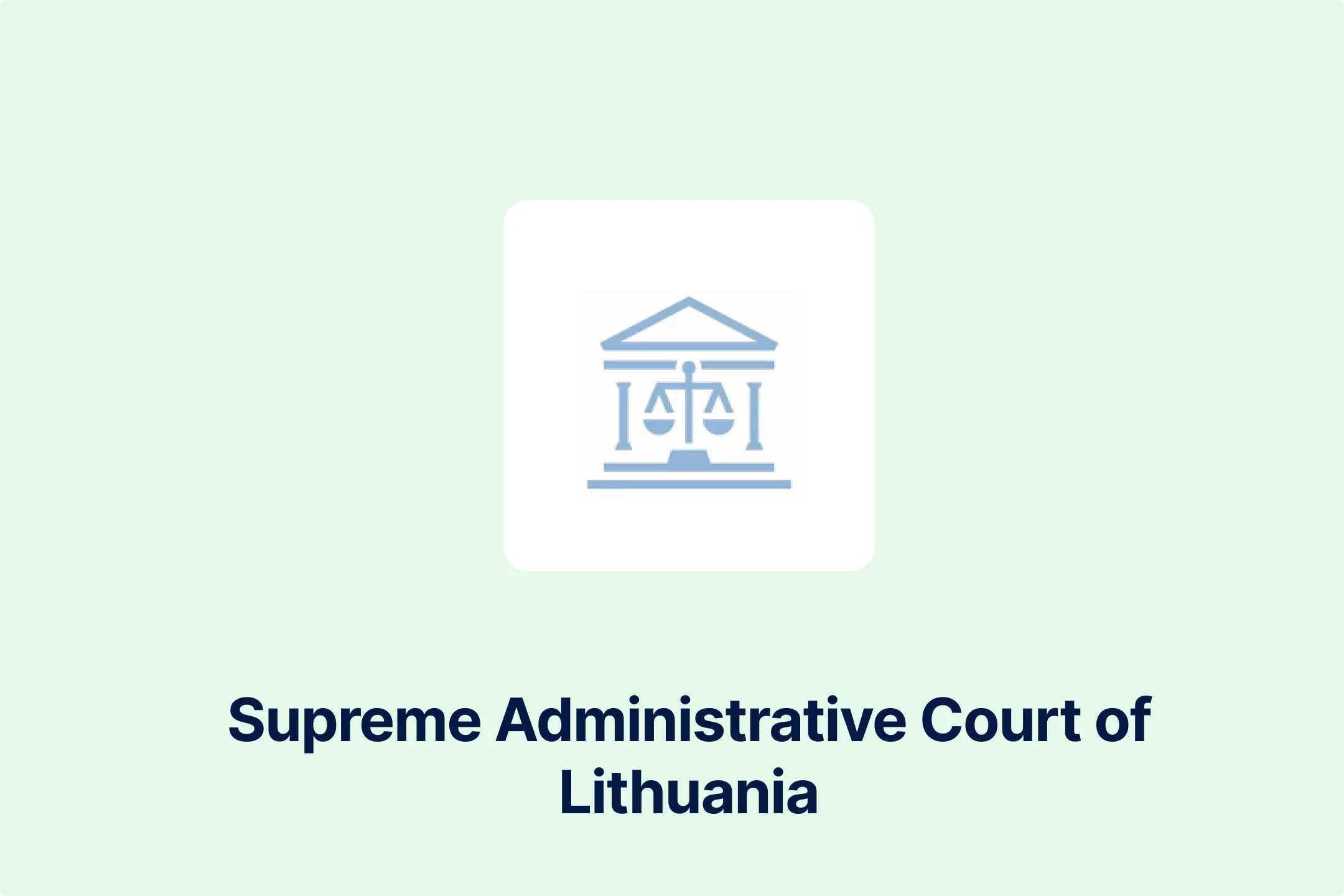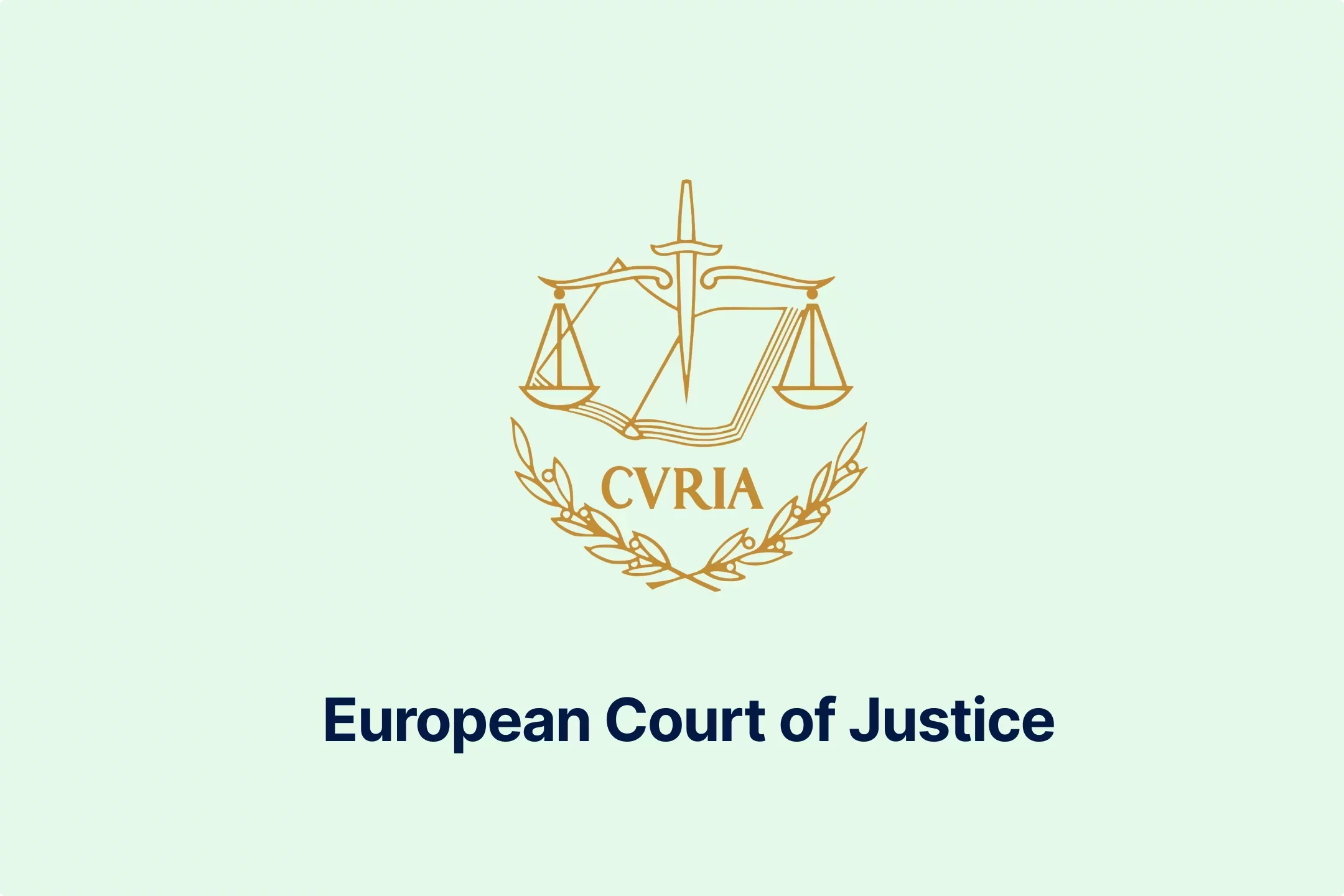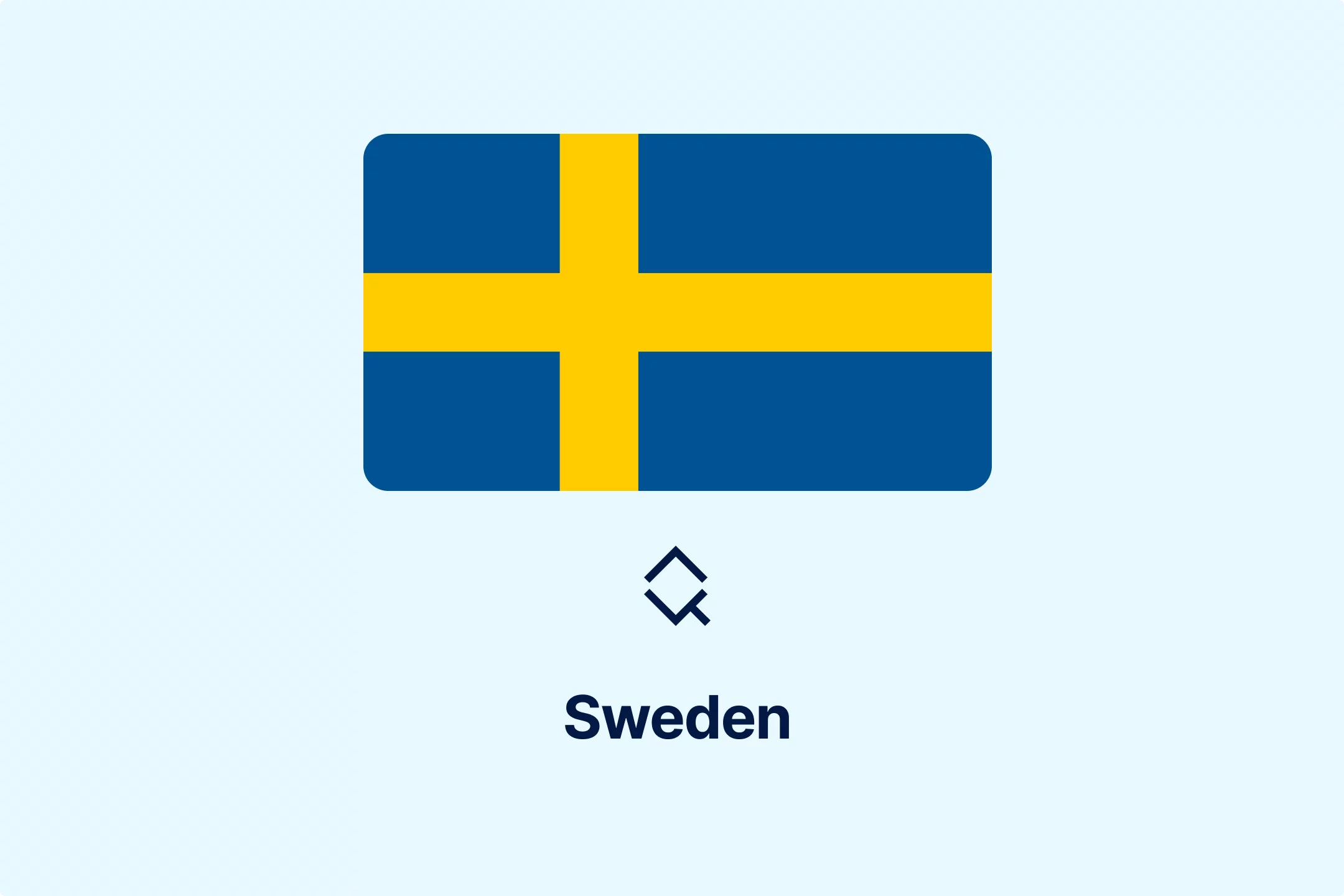ECJ Clarifies VAT Rules for Pension Funds and Special Investment Funds

🎧 Vous préférez écouter ?
Obtenez la version audio de cet article et restez informé sans lire - parfait pour le multitâche ou l'apprentissage en déplacement.
Investment funds come in various forms, offering different benefits that also carry specific risks for their investors and fund members. One type of such funds is pension funds, which are the central point in this case, also known as the Dutch pension fund case.
In addition to interpreting and clarifying VAT rules for special investment funds and pension funds, one of the key characteristics of this case is that it consists of five separate cases, that include several pension funds on one side and Tax Inspectors on the other side, merged into one case by the referring court, the District Court of Gelderland (District Court).
Background of the Case
The District Court decided to merge cases C‑639/22, C‑643/22, and C‑644/22, between X, a compulsory occupational pension fund, sector-specific pension funds, and the Tax Inspector in Utrecht, and cases C‑640/22 and C‑641/22 between Y, a company pension fund, Fiscale Eenheid Achmea BV, a company which had provided services to a sector-specific pension fund, and the Tax Inspector in Amsterdam.
The applicants who initiated all these cases challenged the VAT amounts assessed by the Dutch Tax Authorities regarding the purchase of asset management services.
The applicants stated that the pension fund receiving or purchasing these asset management services qualifies as a special investment fund under Article 135(1)(g) of the VAT Directive. Therefore, they are VAT-exempt under Article 11(1)(i)(3) of the Dutch national regulations.
The District Court emphasized that the Dutch retirement pension system comprises three main pillars. The first one is a basic statutory pension, the second pillar is employer-organized pension schemes, and the third includes individual voluntary pension plans.
Additionally, the District Court clarified that the second pillar, governed by Dutch Law on pensions, comprises both company pension funds and sector-specific pension funds, including compulsory occupational pension funds as defined by the law on the compulsory occupational pension regime.
Regarding these cases, the District Court stated that in Cases C-640/22, C-643/22, and C-644/22, the pension fund management boards determine contribution levels after consulting with the employer and employee organizations. Later, the contributions are shared between employers and employees, whereas a portion is deducted from the workers' salaries.
In Case C-641/22, contributions are set individually for each member of the fund, but within a capped limit. Notably, between 2014 and 2020, employers acted as guarantors for a total of EUR 250 million to cover any shortfalls in contributions that were insufficient to ensure the planned pension payment. Finally, in Cases C‑639/22 and C‑642/22, pension fund members paid contributions based on their occupational income or business profits.
Generally, in all cases, except C-639/22, the pension entitlements and retirement benefits were calculated using each worker’s salary and years of service. The District Court added that these amounts are subject to changes over time, due to, for example, indexation linked to inflation. The decision whether such increases are granted lies with the pension fund management board.
After analyzing all the facts of these cases, as well as determining how each of the pension schemes is calculated and operated, the District Court was uncertain whether the pension funds meet the requirement that members must bear the investment risk to qualify as special investment funds under EU VAT rules.
The Tax Authority, citing a judgment by the Dutch Supreme Court, held that the investment risks borne by fund members were not substantial enough to be considered tax-exempt. On the contrary, the District Court held that the pension schemes in question differed from those in previous cases. Consequently, the District Court needed additional clarification on whether a pension fund can still be considered a special investment fund if investment risk is shared collectively among members, and whether any level of risk is enough or if it must be significant.
Therefore, the District Court referred several questions to the European Court of Justice (ECJ) for a preliminary ruling in the joined cases C-639/22 to C-644/22.
Main Questions from Request For Ruling
The main question raised by the District Court was whether pension funds, like those in the proceedings, can qualify as special investment funds under Article 135(1)(g) of the VAT Directive, with a particular focus on whether members bear the investment risk. More specifically, the District Court sought clarity on whether the risk in question is individual or collective, what constitutes a significant risk, and how other factors, such as salary or years of service, impact pension outcomes.
The second referred to whether the principle of tax neutrality requires a comparison not only with Undertakings for Collective Investment in Transferable Securities (UCITS) but also with similar non-UCITS funds already treated as special investment funds by national authorities.
The District Court also provided additional context regarding specific cases. For example, the District Court noted that in Case C‑640/22, the fund ceased accruing new pension rights in 2018 and was required to transfer assets due to its low reserves. Regarding Case C‑641/22, it asked whether an employer’s guarantee of EUR 250 million from 2014 to 2020 impacts whether members truly bore the investment risk.
Applicable EU VAT Directive Article
Regarding the applicable articles from the EU VAT Directive, the ECJ highlighted Articles 2(1) and 135(1)(g). Article 2(1) is one of the most commonly considered articles in ECJ rulings, defining that VAT applies to services supplied for payment within an EU country by a taxable person.
Article 135(1)(g) is the most relevant article for this case, as it defines an exemption from VAT for the management of special investment funds, with the definition of such funds left to the discretion of each EU country.
In addition to these two Articles, the ECJ also interpreted the rules defined by the UCITS Directive, which applies to undertakings for collective investment in transferable securities (UCITS) within the EU countries. Under this Directive, UCITS are entities that raise capital from the public to invest in transferable securities or other liquid financial assets, operate on the principle of risk-spreading, and allow investors to redeem or repurchase units based on the fund’s assets.
Netherlands National VAT Rules
The ECJ highlights Article 11(1)(i)(3) of the Law on turnover tax as the most relevant one, since it states that the management of assets pooled by investment funds and investment companies for collective investment purposes is exempt from VAT, subject to conditions set by public administrative regulation.
Importance of the Case for Taxable Persons
Due to the variety types of funds and schemes that are included in these cases, the ECJ ruling is highly significant for taxable persons such as pension funds, asset managers, and financial service providers, since it clarifies the logic and reasoning behind the VAT exemption on the management of special investment funds under the EU VAT Directive.
Considering that the central issue in the presented cases is whether the level and nature of investment risk borne by fund members is sufficient for the fund to be exempt from VAT on management services, the decision directly affect the VAT treatment of asset management services purchased by pension funds and, therefore, the overall cost structure for such funds. In a broader context, this has implications for service providers and fund members.
Analysis of the Court Findings
In its decision, the ECJ noted that under the EU VAT Directive, EU countries are required to exempt from VAT the management of special investment funds. However, EU countries have the discretion to define what qualifies as such a fund. Nevertheless, any fund that meets the criteria under the UCITS Directive must automatically be considered a special investment fund for VAT exemption purposes.
As highlighted by the ECJ, key features of UCITS include raising capital from the public for collective investment in transferable securities, where investors must have the ability to redeem or repurchase their units from the fund’s assets. Structuralizing and operating in this manner ensures that UCITS functions as an investment vehicle where risk is diversified and investors can exit at their discretion.
Additionally, the UCITS operate in their name and on their account, whereas investors own units or shares in the fund rather than in the underlying securities.
Under ECJ case law, even funds that are not formally classified as UCITS can be treated as special investment funds for VAT exemption purposes if they share the same essential features or perform comparable functions. The key determining factor for these non-UCITS funds is whether their participants bear the investment risk, as those investing in UCITS do. For this joint case, it would mean that the return received by pension fund members, such as pension benefits, must be directly influenced by the performance of the fund’s investments.
Therefore, to meet all the defined requirements, the value of the pension or return must fluctuate in a way that is meaningfully linked to the fund’s investment outcomes, just as the value of units in a UCITS fund reflects its financial performance. In cases where such a level of risk exposure does not exist, the rules for VAT exemption for managing special investment funds cannot be applied.
In other words, the exemption can apply if the pension agreement does not guarantee fixed benefits, such as a fixed amount of pension at the end of the investment period.
Based on the information provided by the District Court, the ECJ concluded that pension entitlements and benefits are calculated based on each fund member's standard pension income and the number of years of service they have accrued. The entitlements and benefits are not dependent on the performance of the pension fund's investments, nor are they guaranteed.
In the present cases, a third mechanism is used to calculate pension entitlement and benefits. More specifically, a policy coverage ratio is used to assess whether benefits can be supplemented or need to be reduced, thereby reflecting the fund's financial performance.
Regarding the risk assessment, the ECJ states that in cases where the performance of a pension fund's investments affects the amount of pension entitlements and benefits, it is irrelevant whether risks are shared among all members or whether their impact is reduced by being pooled. The key factor is that the benefits of fund members are affected.
Regarding the specific questions raised for the Cases C‑640/22 and C‑644/22, the ECJ stated that it is necessary not only to compare pension funds to UCITS, but also to determine whether they are comparable to other non-UCITS funds that the Netherlands treats as special investment funds.
The ECJ also underlined and reminded that, under the fiscal neutrality principle, similar services that compete with one another must not be treated differently for VAT purposes.
Courts Final Decision
Regarding the first question, the ECJ concluded that members of a pension fund under a collective scheme are considered to bear the investment risk, thus qualifying as a VAT-exempt special investment fund, only if the amount of their pension entitlements and benefits primarily depends on how well the fund's investments perform.
Other factors, such as the duration of a member's participation in the pension scheme or any gaps in contribution periods, are not crucial. While factors such as how the risk is shared among the members or whether the employers act as guarantors may be considered, they are not the most relevant.
To determine if the pension fund can be treated as a UCITS fund, comparing these two funds alone is insufficient. Thus, it is necessary to compare the pension fund to other non-UCITS funds that the EU country, in this case, the Netherlands, already treats as VAT-exempt special investment funds. One of the key factors to consider is the legal and financial position of the member to the fund, where the fact of who bears the investment risk is crucial.
Conclusion
In the end, the ECJ ruled that, under EU VAT rules and regulations, Dutch pension funds may qualify for VAT exemption, provided for special investment funds, if the amount of pension entitlement or benefit granted under the pension funds primarily depends on the results of the pension funds' investments.
However, the ECJ left it to the District Court to determine if the pension funds in question do meet all the requirements and conditions to be treated as UCITS, even though they are non-UCITS entities. With its ruling, the ECJ provided a clear checklist that the District Court may apply to determine taxability rules for pension funds.

Articles en vedette

Comment les modifications des seuils d'enregistrement influencent les entreprises - Conformité à la TVA, à la TPS et à la taxe sur les ventes
🕝 May 30, 2025Facteurs clés à prendre en compte lors de l'externalisation de la conformité de la fiscalité indirecte dans l'économie numérique
🕝 May 22, 2025
Pratique de la Cour administrative suprême de Lituanie en matière de recours contre les décisions de l'administration fiscale
🕝 May 19, 2025
Explication des certificats d'exonération de la taxe de vente américaine pour la conformité du commerce de détail et du commerce électronique
🕝 May 15, 2025Plus de nouvelles de L'Europe
Obtenez des mises à jour en temps réel et des informations sur l'évolution de la situation dans le monde entier, afin d'être informé et préparé.

-0em3cif5s6.webp)




-ptzesl0kij.webp)

-tfzv42pyms.webp)






-uodv7sfbih.webp)
-bbrdfmm9qf.webp)



-m2tl8crfqr.webp)



-1awbqjgpjs.webp)
-avbjsn1k1g.webp)


-0h8ohkx6s0.webp)



-wfmqhtc7i6.webp)
-7wljbof2zo.webp)

-eqt97uyekl.webp)
-wzw9mcf563.webp)

-z4oxr6i0zd.webp)




-l0zcrrzvhb.webp)
-fhtic1pwml.webp)

-iipdguuz9p.webp)
-nkhhwrnggm.webp)
-pltqwerr3w.webp)

-nn6mtfbneq.webp)

-tmnklelfku.webp)



-8z1msbdibu.webp)
-7g16lgggrv.webp)



-lxcwgtzitc.webp)
-9mc55kqwtx.webp)


-xla7j3cxwz.webp)
-jrdryw2eil.webp)






-t9qr49xs2u.webp)


-qjopq5jplv.webp)



-vune1zdqex.webp)

-qsozqjwle2.webp)
-rgjta7iwiv.webp)

-zb6bxxws47.webp)
-lyfjzw4okp.webp)

-ogpfmol5m1.png)


-czisebympl.png)

-zetvivc79v.png)
-ud7ylvkade.png)
-qizq6w2v5z.png)







-ihr6b4mpo1.webp)
-k1j4au0ph6.webp)
-swxxcatugi.webp)


-ig9tutqopw.webp)

-tauoa6ziym.webp)

-spr0wydvvg.webp)

-xfuognajem.webp)





-u2nv5luoqc.webp)








-opuxpan2iu.webp)




-kwttsfd8ow.webp)
-8u14qi10nj.webp)

-wjpr96aq5g.webp)

.png)

.png)


.png)


.png)



.png)
.png)
.png)
.png)
.png)

.png)
.png)




.png)
.png)




































































































































